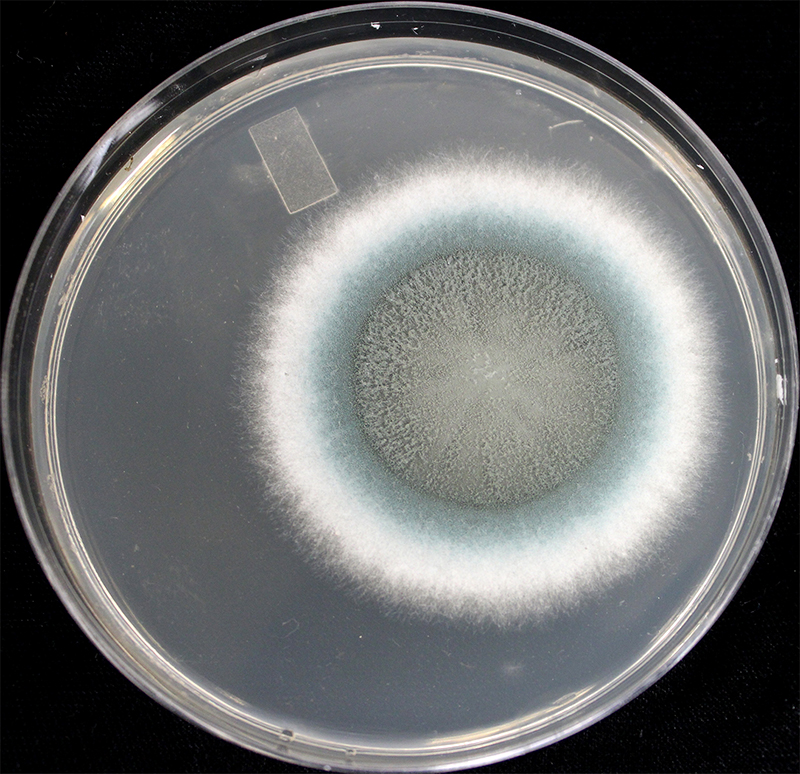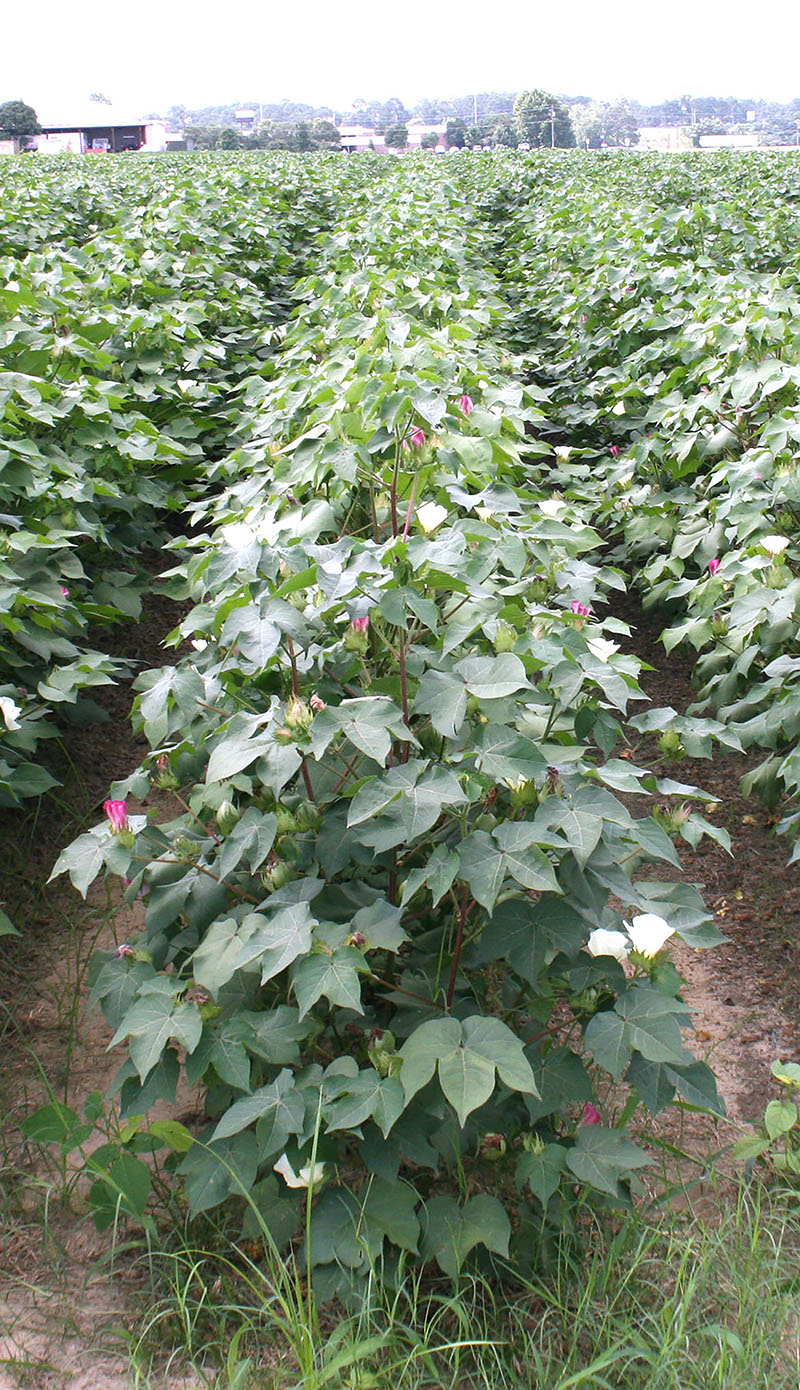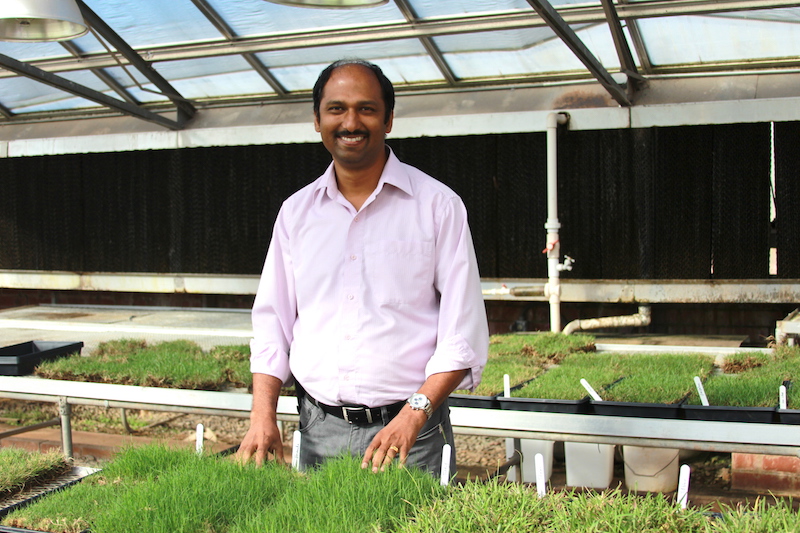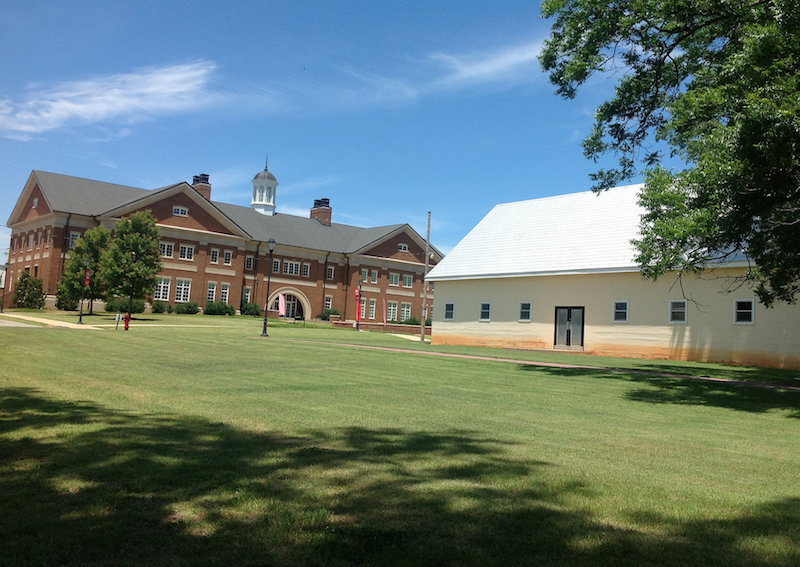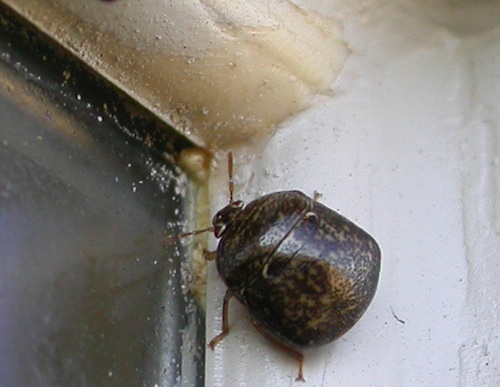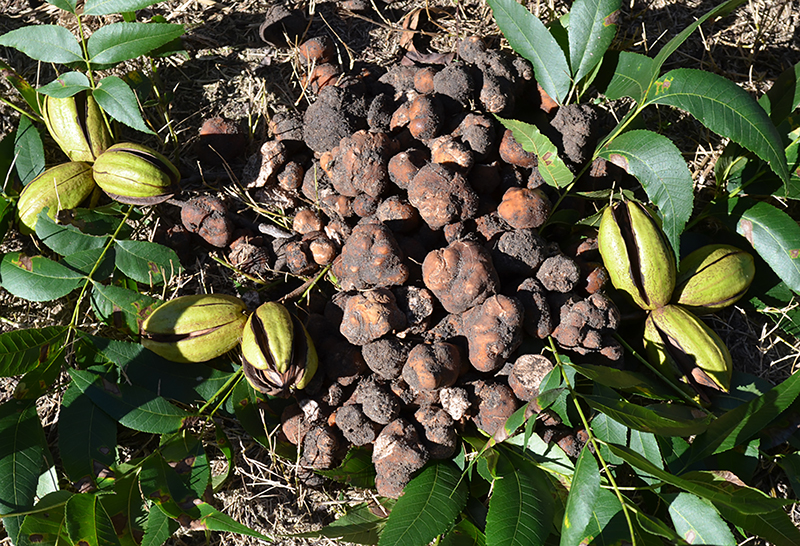 CAES News
CAES News
UGA scientist to test viability of European truffles in Georgia
University of Georgia plant pathologist Tim Brenneman has studied the viability of truffles in the state’s pecan orchards for years. This winter, he will advance his research by introducing the European variety of truffles to Georgia pecan trees.

